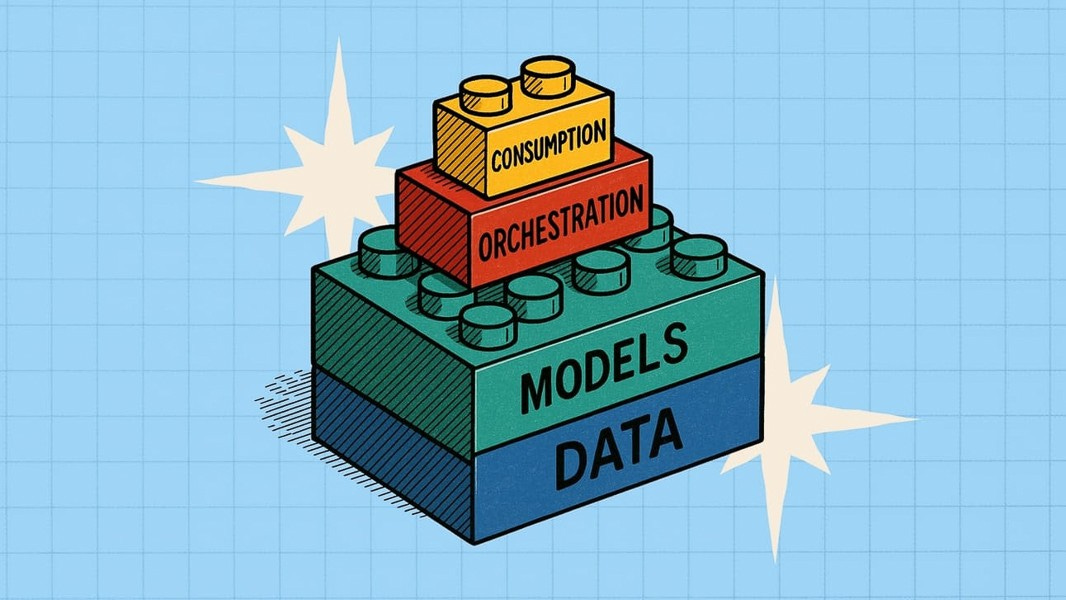July 4th Reflections on Freedom
True independence flourishes when we balance personal freedom with collective purpose and meaningful connections.
Watching the fireworks at Joan and Michael's house over the weekend, my thoughts wandered to consider the meaning of independence. In America, we place a high value on freedom and independence, but it's never quite that simple. Sometimes, the independence of one person is an infringement on another. At other times, freedom itself is a constraint - the challenge of having too many choices. The history of the country is a push and pull of various forces, moving us in one direction or another; the freedoms of one group are the constraints of another. Managing freedom and independence is also a core challenge of leadership. It's a challenge I've been thinking about a lot at 100 Coaches, where we have a fantastic team that has the freedom to do their work in the way they choose, and they fill the role with their expertise. At the same time, we all need to be aligned in the same direction so that we are working towards the same goal, rather than on our individual preferred paths. Finally, we need to work together, finding compromise, collaboration, and accountability that invariably means giving up personal freedom for the collective good. During the final barrage of explosions, three insights crystallized: independence requires interdependence, freedom flourishes within boundaries, and the greatest liberty comes from our constraints.
True independence paradoxically requires deep interdependence. In our modern mythology of the self-made individual, we often overlook the fact that every achievement stands on the shoulders of countless others. At 100 Coaches, I've witnessed how our most independent thinkers are our most collaborative partners. They understand that their freedom to innovate and create is amplified, not diminished, by their connections to others. Just as America's independence was achieved through collective action and can be sustained through mutual support, organizational independence thrives when team members recognize their fundamental interconnectedness. The most effective leaders cultivate environments where individual autonomy and collective purpose work together, each strengthening the other. They create spaces where people feel free to bring their authentic selves while understanding that their greatest impact comes through connection and collaboration with others.
Freedom flourishes within thoughtful boundaries. This might seem counterintuitive - constraints enhance freedom? A river without banks becomes a swamp, losing its power as it dissipates into the landscape. Unlimited options often lead to paralysis rather than liberation. The leaders who inspire the most creativity in their teams are often those who provide clear direction while leaving space for innovation within those parameters. Establishing clear values and objectives liberates us to work in our unique styles while maintaining our coherence as an organization. Boundaries aren't limitations; they're the canvas for individual expression to flourish. By defining what matters most, we free ourselves and our teams from the tyranny of endless possibilities, enabling focused and meaningful action.
The greatest liberty comes from choosing our constraints wisely. On my desktop is the great Steve Job’s quote “Innovation is saying no to 1,000 things.” Every "yes" is simultaneously a thousand "no's," and wise leaders make these choices consciously rather than by default. As leaders, we model this principle when we demonstrate that true freedom isn't the absence of commitment but rather the wholehearted embrace of chosen obligations. Critically, when we select our constraints based on our values and vision, they become not burdens but wings. Committing to specific meeting times actually creates more freedom by eliminating the need for endless scheduling negotiations. Leaders who understand this principle help their teams see commitments not as chains but as paths to meaningful destinations.
In life and leadership, independence isn't about standing alone it’s about standing together honoring individual uniqueness. As we navigate the delicate balance between personal freedom and collective purpose, we discover that our greatest strength lies not in unfettered independence but in conscious interdependence. For those we lead and love, we have the opportunity to create environments where freedom and structure, independence and connection, individual expression, and shared vision coexist in harmony. True independence, like those fireworks bursting over Sprite Island, shines brightest when individual sparks create something magnificent. The magic happens when we stop seeing freedom and connection as opposing forces and start using them as partners in building something meaningful together.
With love, gratitude, and wonder,
Scott
Navigating the Jump from Manager to Executive by Melody Wilding, LMSW
At 100 Coaches Agency, one of the more frequent requests we receive is for a value-creating leader in a critical role that needs to transition from frontline management to leading other leaders. Melody Wilding, LMSW explores this critical career transition that many ambitious professionals face. She illustrates this challenge through the story of Claudia, an operations executive who struggled when promoted to oversee regional managers. Despite her previous success solving problems hands-on, Claudia found herself micromanaging her team, working longer hours, and feeling less effective than ever. Wilding explains that this transition requires fundamentally rewiring one's professional identity and approach to work.
Wilding outlines three essential shifts for success in senior leadership roles. First, leaders must evolve from being the expert with all the answers to becoming a coach who develops others' decision-making abilities. Second, they need to move from direct execution to driving impact through their teams, accepting that their productivity becomes less tangible but potentially more influential. Finally, successful senior leaders must establish scalable systems and clear escalation protocols rather than relying on personal oversight of every detail. Wilding emphasizes that while this transition can feel disorienting, embracing these changes ultimately unlocks greater impact and satisfaction than previously imaginable.
The Lego-Building Approach to AI Infrastructure by Charlene Li
I've been at the NYU Coaching Conference and a very hot topic is (of course) AI. Charlene Li offers refreshing clarity on navigating today's overwhelming AI landscape. Rather than attempting to build complex, monolithic AI systems, she advocates for a Lego-like modular approach that allows organizations to swap, upgrade, and adapt components as technology evolves. This flexibility enables companies to maintain "speed to value" - quickly creating business impact while staying adaptable to rapid technological changes.
Charlene emphasizes that successful AI infrastructure requires strategic vision before technology decisions, drawing parallels to Jeff Bezos's API mandate that eventually spawned AWS. She outlines four key pillars: data (leveraging existing unstructured information), models (using the right tool for each task), orchestration (coordinating AI agents effectively), and consumption (creating seamless user experiences). Her framework challenges leaders to ask critical questions about flexibility, strategic alignment, and transformation potential. The goal isn't sophistication for its own sake, but building effective infrastructure that's modular, flexible, and strategically aligned to enable organizations to create value faster than ever before.
What’s Your Super Bowl? by Dr. Paul L. Corona
Dr. Paul L. Corona shares a compelling story about an NFL executive who achieved his ultimate career goal of winning a Super Bowl, only to find the euphoria lasted mere hours before an emptiness set in. This executive's journey from that hollow victory to eventually becoming president of another team took over a decade, during which he discovered that professional success alone wasn't enough for lasting satisfaction. Paul uses this anecdote to illustrate a broader point about the difference between achievement and fulfillment.
Drawing on academic research and decades of personal experience as a leadership coach, Corona argues that true fulfillment requires two essential elements beyond professional success: strong relationships and a deep sense of purpose. He emphasizes that building meaningful connections involves shifting from being the dominant voice in conversations to becoming someone who asks thoughtful questions, listens genuinely, and gives generously without expecting immediate returns. Additionally, he stresses the importance of identifying and living according to one's deeper purpose - understanding not just what you're doing, but why you're doing it and the lasting impact you want to create.














Scott, there's a lot to unpack in your latest article. I found it insightful and informative, especially the yin and yang of forces vying for opposing attention. Thank you for consistently providing a heightened sense of purpose and meaning in leadership and life ...
Greg